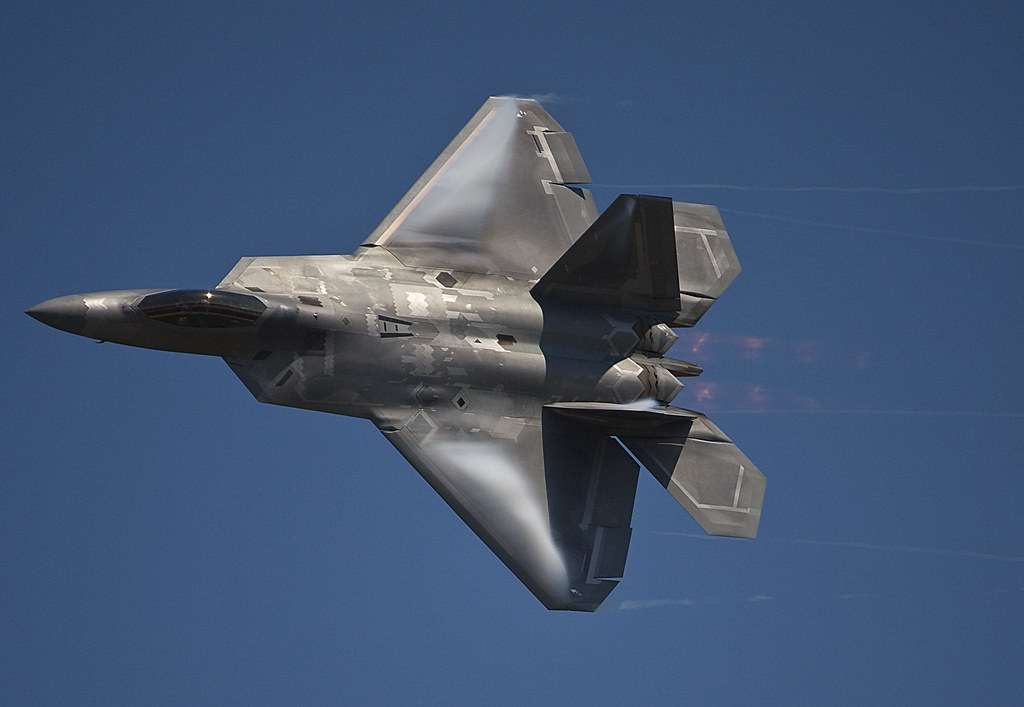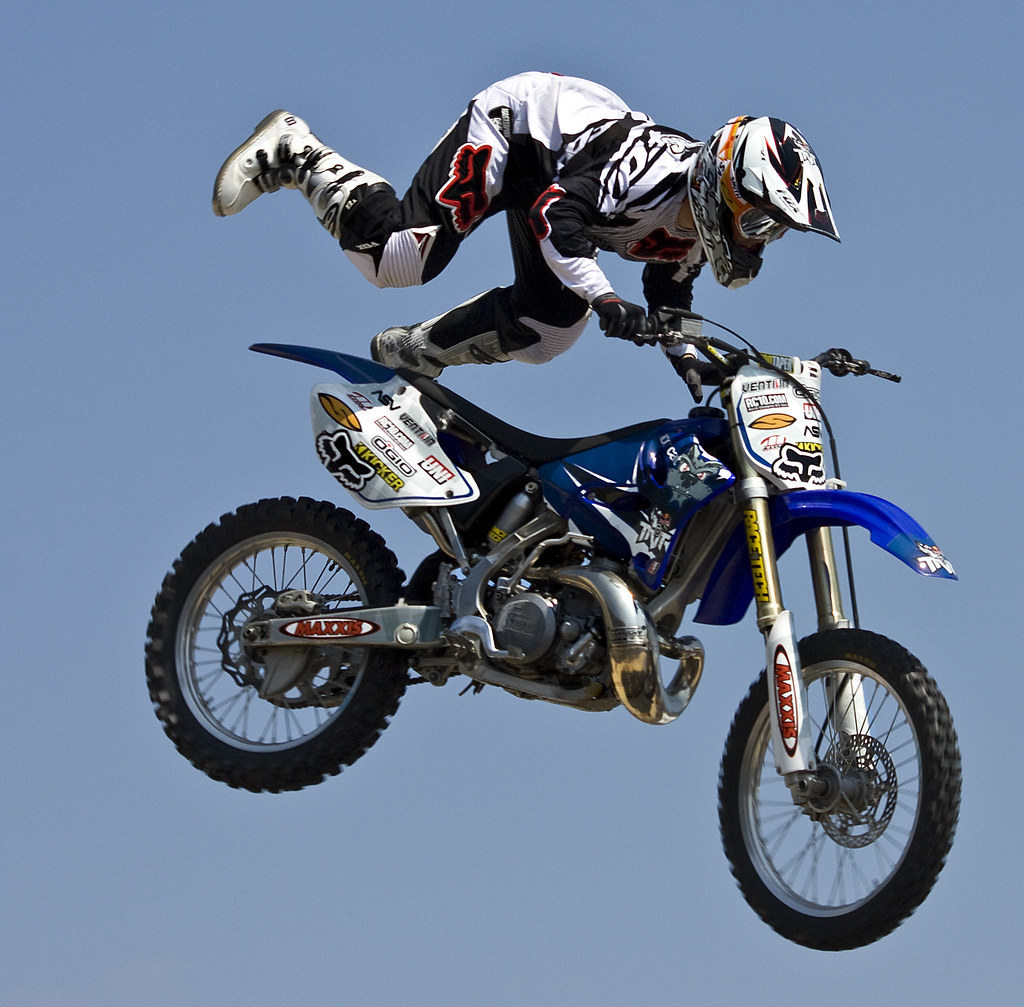gateway404error
TPF Noob!
- Joined
- Feb 15, 2016
- Messages
- 7
- Reaction score
- 0
Ccc
Last edited:
Follow along with the video below to see how to install our site as a web app on your home screen.

Note: This feature currently requires accessing the site using the built-in Safari browser.
I recently purchased a Canon EF-S 55-250mm lens but have been finding on many occasions that it is very slow to focus and doesn't always focus when it tries too, when using it with Auto-Focus switched on.
On average, it takes around 20 seconds of focusing and I'm lucky if it will focus on 3/10 attempts.
Has anyone else experienced this with the same lens or a similar lens? Or know of a way if this can be rectified?

